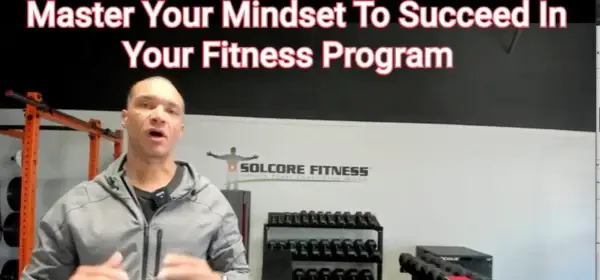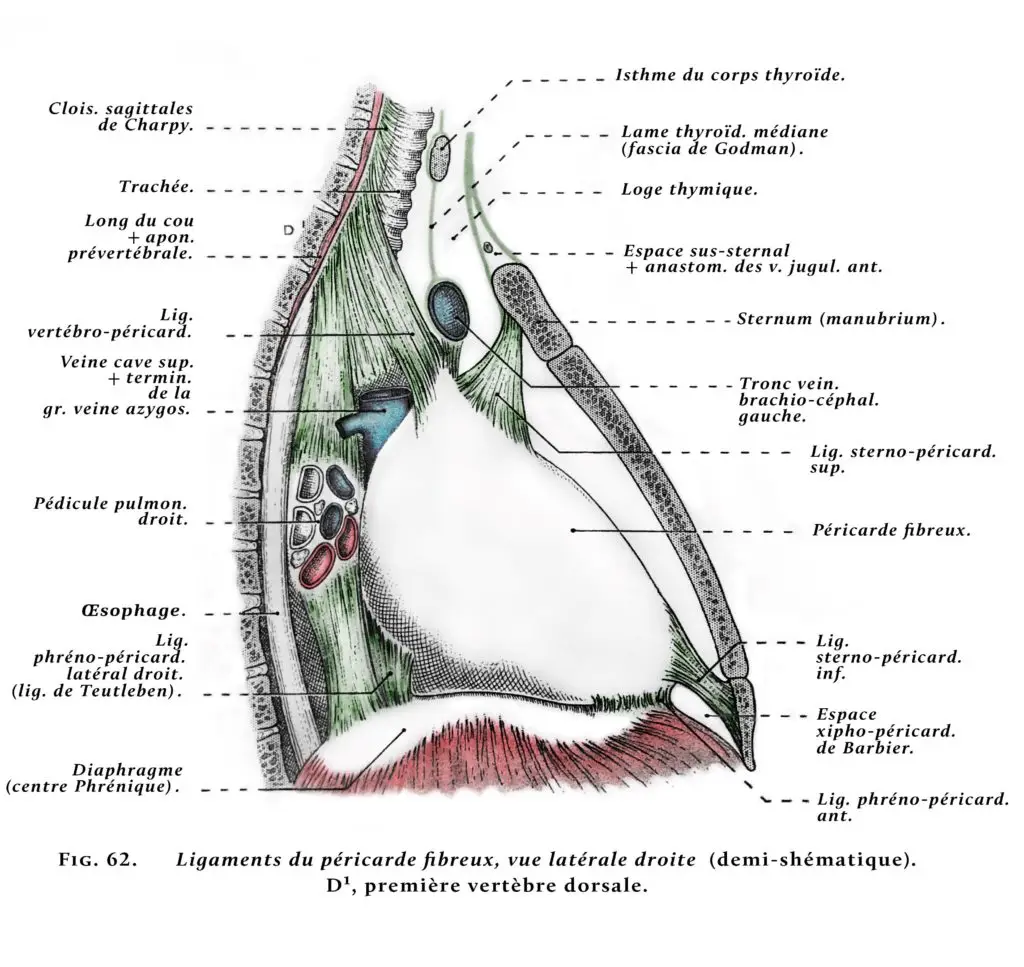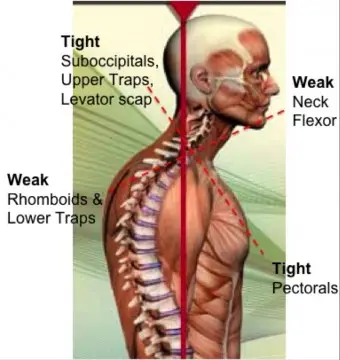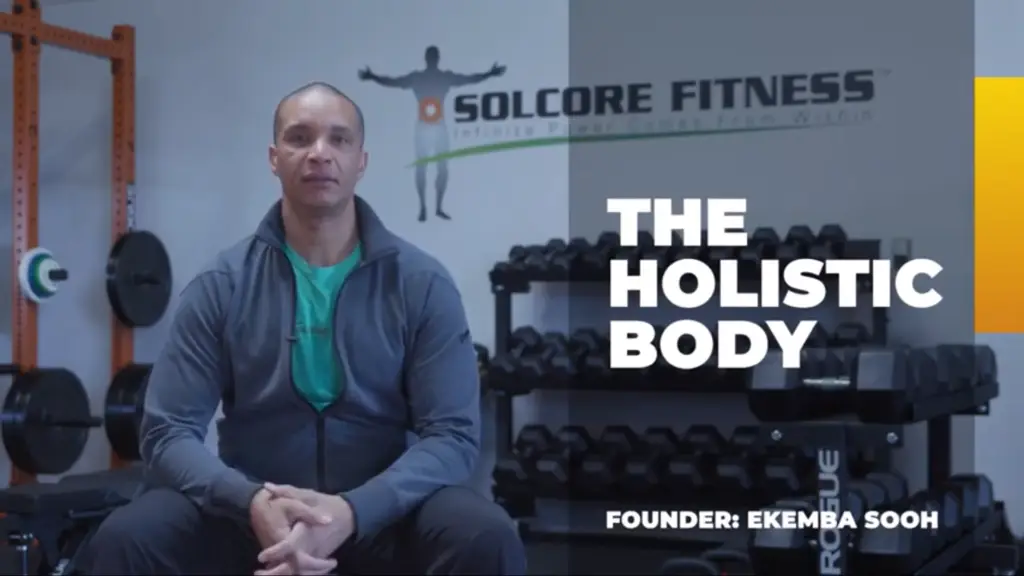
The toughest challenge in starting any new health or fitness program isn’t physical—it’s mental and emotional. While muscle soreness or awkward new movements are uncomfortable, they’re nothing compared to the mental resistance that can arise. Doubt, fear, and a host of unhelpful thoughts come up as soon as you leave your comfort zone, especially when you’re faced with the unknown.
Why is the mindset piece so powerful? Stepping out of daily routines and into new habits sparks all kinds of internal friction. The brain, hardwired for comfort and safety, registers even positive change as a threat. Most failed fitness efforts aren’t due to a lack of motivation, but a lack of tools to manage this emotional pushback.
So how do you master the mental side and give yourself the best odds of success?
Start with Realistic Goals: Instead of hoping for major change in 30 days, set measurable, achievable milestones that you can consistently reach. Break big ambitions into smaller actions and celebrate the little wins, building a sense of progress and control.
Journal Your Journey: Document not only what you do, but also how you feel and what thoughts or emotions show up. This builds awareness of patterns—both positive and negative—and turns your program into a reflective, adaptable process. The simple act of tracking your progress, setbacks, and mindset shifts allows for course correction and self-compassion.
Integrate Mindfulness and Meditation: Mindfulness isn’t just for yogis. Taking five to fifteen minutes for deep breathing, mental focus, or body scans lets you move through anxiety and doubt, instead of being ruled by them. Regular mindfulness programs have been shown to support motivation, emotional regulation, and overall fitness adherence.
Commit to Progressive Structure: No truly effective program is random. You need progression in your workouts—not just for your muscles, but for your confidence and mindset. When you know why you’re doing what you’re doing, and each week builds on the last, overwhelm shrinks and self-belief rises.
With this in mind, the most important fitness habit to build is mental resilience. This means expecting setbacks, practicing positive self-talk, and giving yourself grace when things don’t go as fast as you want. Remember, even the most dedicated athletes struggle at times—what sets success apart is the ability to get back up, reflect, and keep moving forward.
By embracing a mindset that values consistency over perfection, reflection over judgment, and process over outcome, you’ll set yourself up not only for short-term results, but long-term transformation—for your body, mind, and quality of life.
Ready to Transform Your Mindset & Results?
True fitness change starts on the inside. For expert one-on-one coaching and a gameplan that’s as unique as your mindset, Book a free consult today.
it’s not just working out, it’s building a foundation for a better life.
Find out more @










